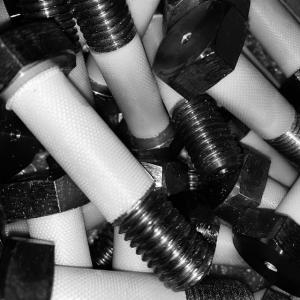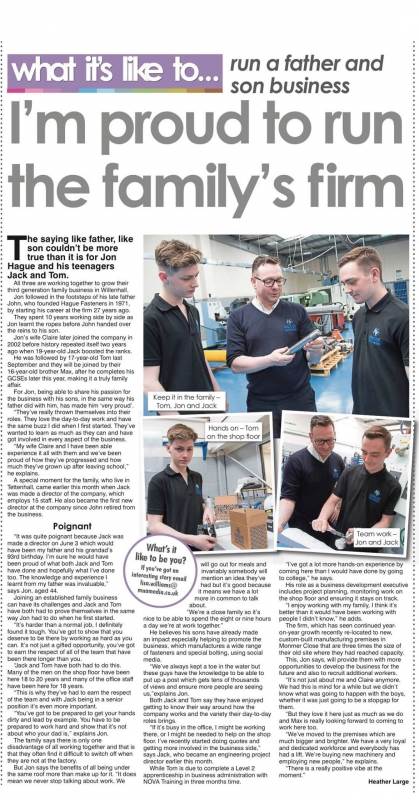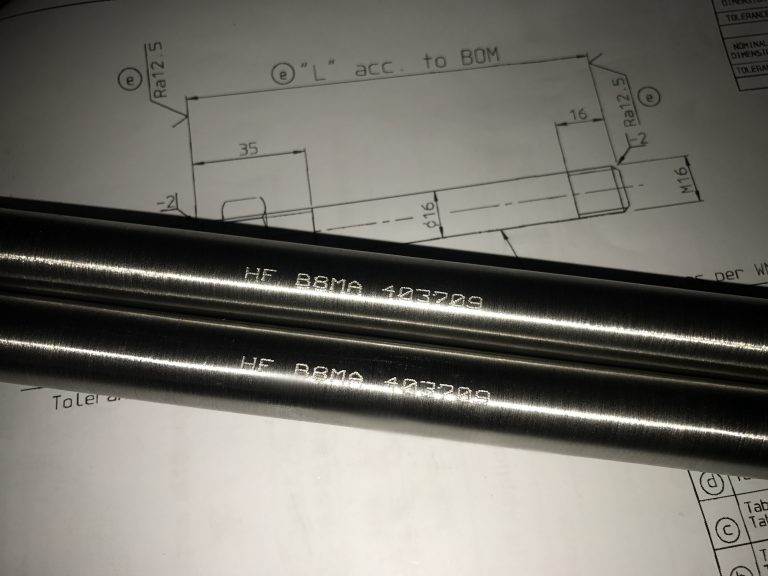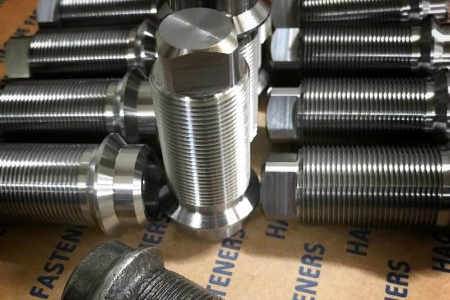- Contact 0870 350 7767
- |
- Advertise
Cathodic Corrosion Protection Of High Strength Subsea Bolting
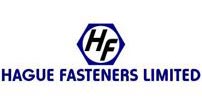 News and PR from Hague Fasteners Limited - Published 09 March 2015
In the last decade Hague Fasteners have seen massive growth in the supply of British Manufactured, European origin material Critical Bolting manufactured to Aker, VGS and other OEM specifications.
News and PR from Hague Fasteners Limited - Published 09 March 2015
In the last decade Hague Fasteners have seen massive growth in the supply of British Manufactured, European origin material Critical Bolting manufactured to Aker, VGS and other OEM specifications.As Oil exploration progresses into far deeper waters, the cost of a fastener failure or other mechanical component breakdown is both a serious financial risk but more so the environmental damage could be truly catastrophic.
With reputation at stake, Hague Fasteners with 45 years of sector experience and technical excellence ensures your subsea projects are without risk and quality assured.
The Subsea specifications Hague Fasteners work strictly too give particular emphasis on the prevention of environmentally induced cracking under the conditions of cathodic prevention. Cathodic protection is frequently used in Marine vessels, and offshore and subsea steel structures to reduce the base metal corrosion by making it the cathode in an electrochemical cell.
It is HagueÂ’s decades of experience and knowhow that gives their ever growing Subsea customer base the peace of mind that the special fasteners manufactured and coated by Hague Fasteners do not deviate from the expert specifications designed to minimise the risk from the various forms of environmentally assisted cracking (EAC).
These include stress corrosion cracking (SCC), hydrogen embrittlement (HE) and sustained load cracking (SLC).
The sectors supplied by Hague Fasteners are almost always the high performance applications requiring higher strength fasteners. A major issue with fasteners used offshore and subsea is that higher strength fasteners are susceptible to stress corrosion cracking and hydrogen embrittlement. In general, higher the strength, the higher the hardness of the material and the greater the susceptibility to these failure mechanisms.
The more common critical offshore and subsea bolting material grades requested are the common bolting materials ASTM A 320 Grade L43, ASTM A320 L7 and ASTM A193 Grade B7, the fastener industry is flooded with inferior imported mass produced petrochemical fasteners where quality is often compromised in exchange for being the cheapest and securing contracts. Hague Fasteners distance themselves from this side of the market as failures in these cheap and suspect quality items have occurred, particularly where the use of cathodic protection increases their susceptibility to hydrogen cracking.
Hague Fasteners certify their manufactured items with additional PMI testing, MPI testing and further ensure integrity of their components by limiting the hardness well below the proven 34 HRC where high strength bolting becomes highly susceptible to cracking from hydrogen embrittlement induced by cathodic protection. For reference, the maximum hardness of regular B7 is 35 HRC and hence can fall above the susceptible range.
Other announcements from Hague Fasteners Limited
-
£100,000 CNC INVESTMENT DELIVERS A PERFECT 50TH BIRTHDAY PRESENT FOR HAGUE FASTENERS
A Black Country manufacturer that supplies critical components to iconic London buildings, New Street Station, sports stadiums and the world’s power stations is celebrating a big birthday in style.
21 Oct 2021
-
ENVIRONMENTAL EFFORT - CARBON NEUTRAL
In August of 2021, Hague Fasteners partnered with (more:trees) in an effort to plant trees in some of the World's most essential Countries with an aim to become Carbon Neutral by 2024.
21 Oct 2021
-
50 Years Of Special Fasteners
2021 sees a massive milestone in Hague Fasteners history, 50 years of Special Bolting Production in the heart of the Black Country.
18 Jan 2021
-
Pressure Equipment Directive 2014/68/EU Annex I, Section 3.1 and 4.3 Fasteners
Hague Fasteners are pleased to present their registration certificate following the Audit and Approval of their allied ISO9001:2015 QMS...
11 Nov 2019
-
SPECIAL FASTENER MANUFACTURER
Hague Fasteners are a Special Fastener Manufacturer, servicing all Global Industries with Bespoke Special Fasteners, Hague are manufacturing small quantities (1Pc, 5Pcs, 25Pcs, 100Pcs Through 500Pcs)
03 Jun 2019
-
-
RUI PATRICIO – 2019 WOLVES PLAYER SPONSOR
Hague Fasteners continued their long association with Wolverhampton Wanderers Football Club by sponsoring the Portuguese International Goalkeeper, Rui Patricio for the 2018/2019 Season.
03 Jun 2019
-
INSULATED BOLTS
Hague Fasteners have been manufacturing High Voltage Insulated Bolts for decades servicing the turbine and power generation maintainers and manufacturers.
03 Jun 2019
-
SHU FORMULA STUDENT RACING TEAM
Hague Fasteners are thrilled to be working alongside the team at Sheffield Hallam University on their 2018 Formula Student Racing project...
03 Jun 2019
-
Hague Fasteners Team Up With Wolverhampton Wanderers
Hague Fasteners are delighted to team up with Wolverhampton Wanderers to become the official sponsor of new signing Benik Afobe.
08 Feb 2018
-
Hague Fasteners on BBC Breakfast
In a change from the everyday production of Special Fasteners, some of The Hague Fasteners team were up and at work before the Birds started singing ready to welcome the News Team...
08 Feb 2018
-
Hague Fasteners - A Family Business
Great feature in the press this week detailing the dynamics of working in a family business.
08 Feb 2018
-
Cast Traceable Fasteners
Hague Fasteners ensures that all items manufactured are Cast Traceable Fasteners
01 Mar 2017
-
Hague move will mean expansion and jobs
A family-owned Willenhall business with 46 years of West Midlands special bolting manufacturing history behind it is relocating to a nearby site as it invests in new plant.
23 Feb 2017
-
Stainless Steel Fasteners
Hague Fasteners are the original experts in Special Stainless Steel Fasteners.
09 Mar 2015
-
MP35N Fasteners
One of the materials that Hague Fasteners are increasingly manufacturing in is ‘MP35N’.
09 Mar 2015












